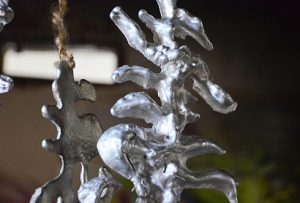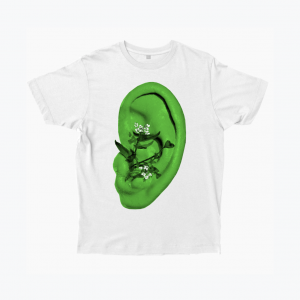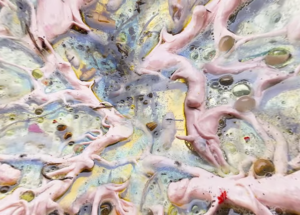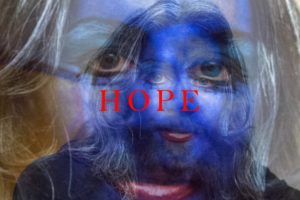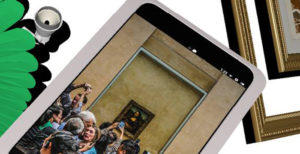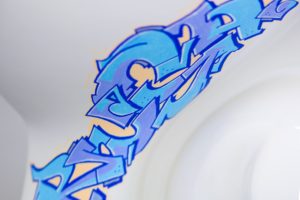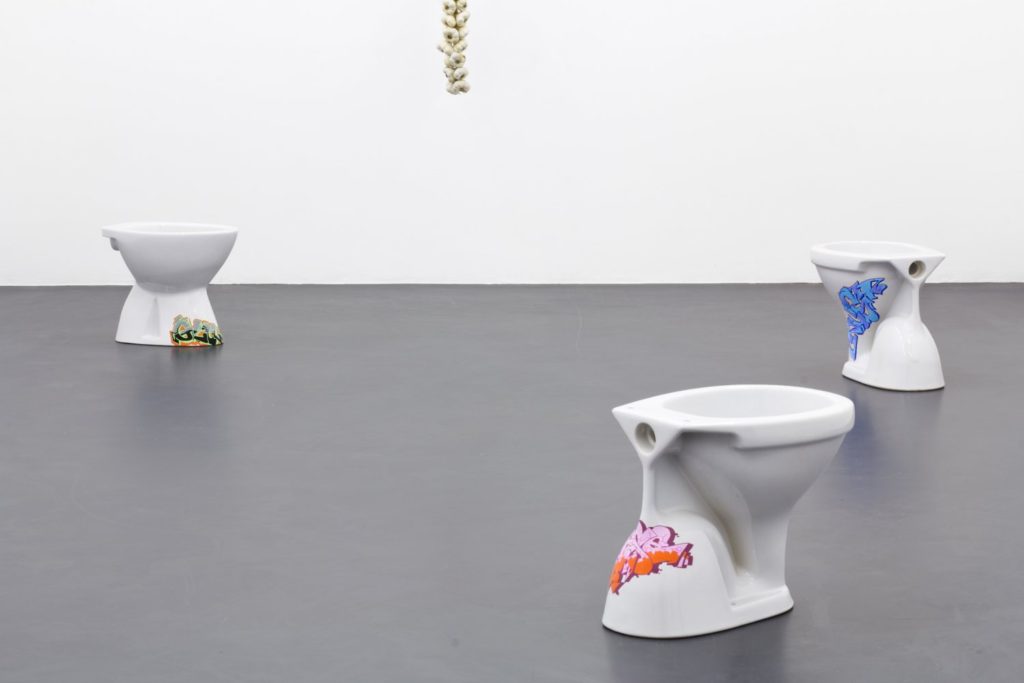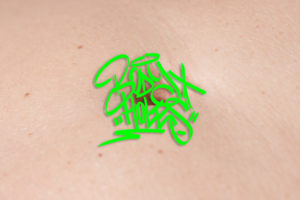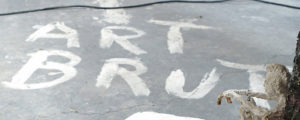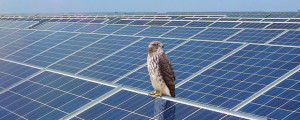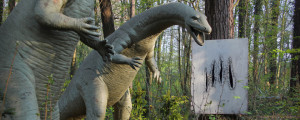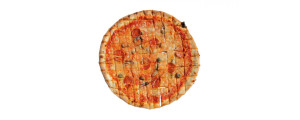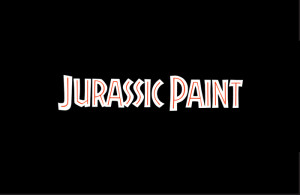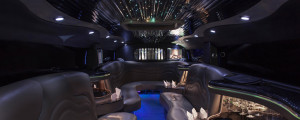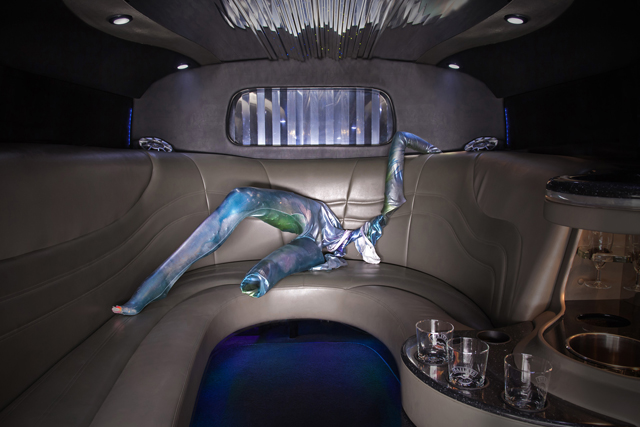“The art world has never felt more boring,” write Paul Barsch and Tilman Hornig matter-of-factly via email about the “uninspired, conservative, clumsy and market-driven” way many of the major galleries and institutions responded to the far-reaching ramifications of pandemic. “The only real exciting and inspiring intervention was Travis Scott’s appearance on Fortnite.” As the clever minds behind the online exhibition space New Scenario, the two German artists know what they’re talking about. Launched in 2015 with a group show called C R A S H—installed in a Hummer limousine and viewable only via its documentation—the project was one of the first to take seriously the idea of the internet as a viable (and interesting) alternative to the white cube.

It isn’t without irony then that New Scenario shut down their URL archive in mid-April—along with the countless IRL art spaces around the world—in response to lockdown measures, announcing, “Due to the current Corona crisis this website is closed until further notice”. But then the work of the duo has never been anything if not unexpected. Approaching each project like a sort of film production—where a given scene would be the set, with contributing artists its actors—projects included paintings displayed in a dinosaur park, a series of texts written in response to a video, and a hyper-staged depiction of a university zombie apocalypse viewable through a virtual tour.
Their most memorable work, however, is surely Body Holes, notorious for having the miniature work of 46 artists and collectives inserted into one of seven human orifices, photographed and then displayed online. Commissioned as part of the DIS-curated 9th Berlin Biennale in 2016, the show was part of what’s regarded as a watershed moment of the post-internet art scene, with Body Holes’ heady lineup of recognisable names from that generation mirroring that of the BB9 programming. It’s from that project that New Scenario offers their generous contribution to AQNB’s current Patreon subscription drive, with our first artist edition merchandise collaboration, ‘New Scenario x AQNB—Bodyholes Green Ear Limited Edition‘ available for preorder until July 31.
Taken from the original collection of images by artists like Pakui Hardware, Sean Raspet, Michele Gabriele, and Jesse Darling, among others, Hornig’s ‘Green Ear’ is one of the less confronting placements of works otherwise exhibited in anonymous, mouths, anuses, vaginas. The project—viewable by going to the BB9 website and clicking on ‘FINGER ME’—evokes a sense of both beauty and disgust, with a light touch of nihilist irony and absurdism that has come to define New Scenario.
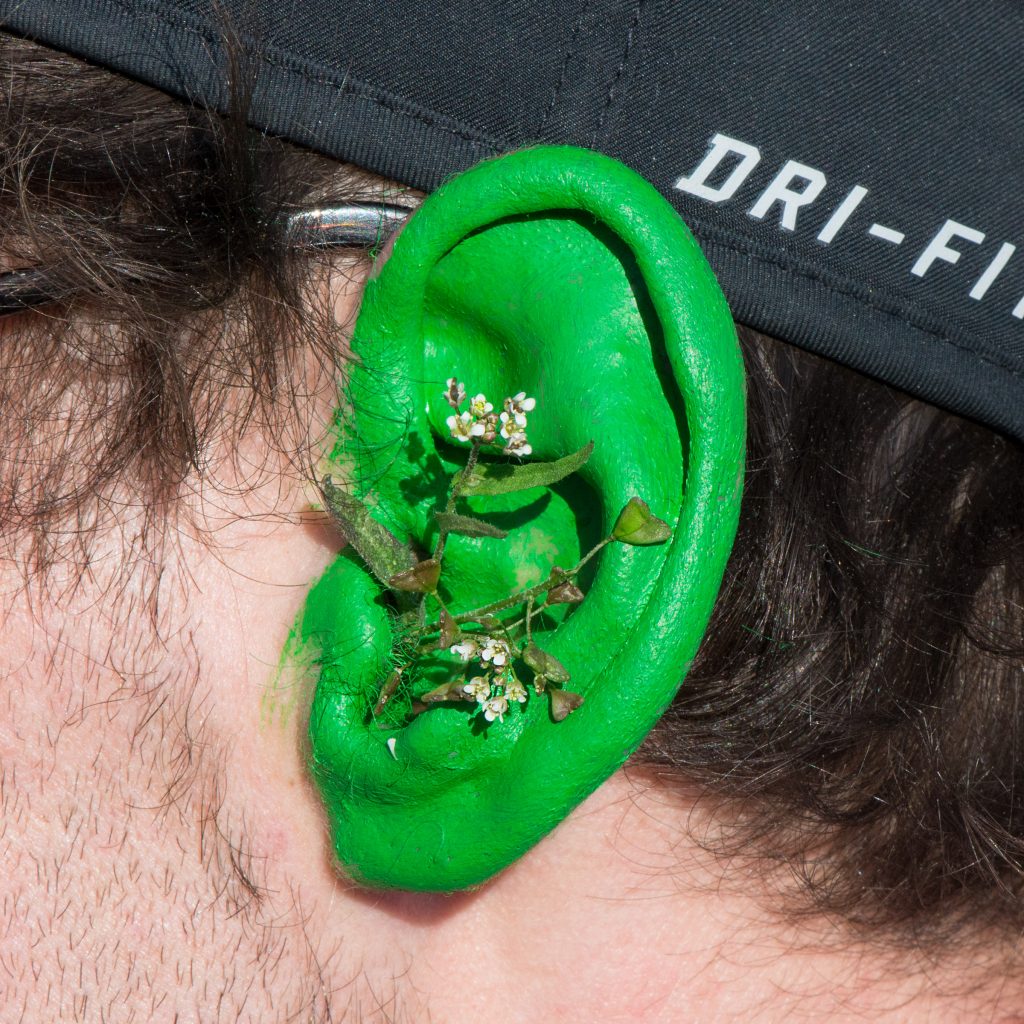
**This sort of ‘horrified fascination’ surfaces in a number of your projects, which makes me think about the notion of taboo and a sort of emotional ambivalence. Is this approach perhaps reflective of a more general ambivalence to the way the art world operates?
New Scenario: Hard question. Our projects are in a way also a reflection on the art world and how stiff, structured, exclusionary, unimaginative and mostly boring it is. With Body Holes, we followed the question of whether the human orifices, and thus something very intimate and relatable, can function as practical art spaces. That’s not so much as talking about the body (of course, it does also) but more of making the viewer themself the host for the exhibition—shifting and scaling the exhibition space from external to internal—and more generally asking: could every imaginable ‘space’ be a space for art?’
Our intention really was not to break or explore some taboo. Of course, showing human orifices is a difficult topic depending on where you look but we tried to keep a neutral analytical approach and block out the usual concerns and cultural implications, because it was not about showing the orifice but about showing artworks in that space.
**I ask because of this ‘anti-not-anti’ attitude to the white cube of the New Scenario project. Now that the online has become the norm—however, clumsily—amongst art institutions in response to social distancing, you’ve shut down the site. Is this simply a contrarian, or reactionary impulse, or is there more to it?
NS: After witnessing Koenig’s first moving attempts to livestream on Instagram, and other big institutions to open clumsy online viewing rooms, we thought, ‘this is it, we are closing the website’. If all these people move online now, we have to be a step ahead. It was obvious how little thought was ever given to what happens, or had happened in the online part of the (art) world. The crisis really showed how uninspired, desperate, pressured and fragile the art system is. You could see how desperate even the blue chips were by ‘helping’ with exposure for their mid-tier harvesters, probably fearing for their base to disappear under the financial impact of the COVID crisis.
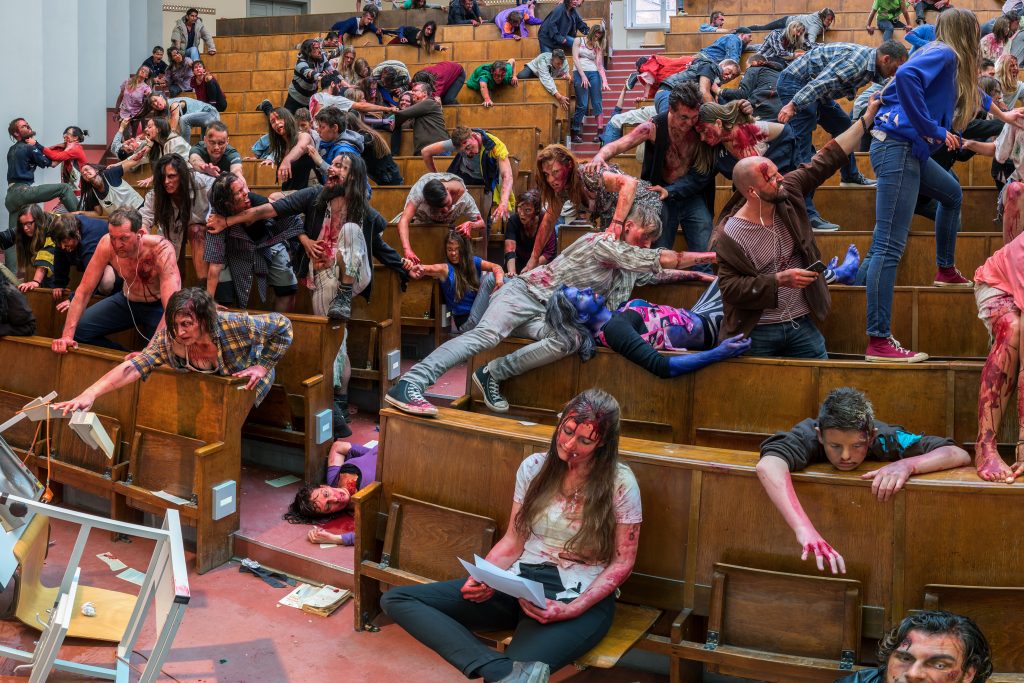
The closing of the website was also an attempt to take the situation seriously, and also apply the concept of the lockdown to the digital space; to deprive IRL viewers of the possibility to access the online platform; to show that these spaces are connected and one should not take anything for granted. It makes (no) sense to do this, but this is a reflection of what happened elsewhere. The art world simply replicated their IRL models in the digital realm. Art Basel viewing rooms, really? It felt like some kind of mindless, abrupt ‘gentrification’ was happening, and we wanted to shield our precious platform from being a cheap template for a business model.
Of course, the internet is not a playground and ‘no-rules’ place anymore. A lot of the IRL structures and real-world problems and power plays have taken over, as it has never been independent and decoupled from the analogue world. If you don’t pay your hosting, your domain doors get closed. But still, the virtual realm allows for far more possibilities in shaping it as a space for art than what the big players of the art world presented in response to this situation. To see this, was in a way very sad and eye-opening. It’s as if the many collective achievements and long history of online art projects had never existed.
**Another reason it occurred to me that you’d be taking this moment to go offline, is New Scenario was arguably one of the first to exhibit and document exclusively online. Katja Novitskova recently said on AQNB’s Artist Statement podcast that the aesthetics of post-internet were taken and made into a gimmick. Do you think this approach to documenting and exhibiting online has also become a gimmick?
NS: Back then, when artists started to document their exhibitions to be viewed and shared online, a lot of people thought this was just a nice but unimportant gimmick. But it was a conscious and serious move, and likewise the development of the documentation. That’s why emerging online projects (and post-internet) had such an impact.

Today, a lot of shows are produced IRL for the main reason to present them online. It has become a natural thing, and there are a lot of really nice approaches, projects and concepts out there. A lot has happened since. People realize that you don’t really need a gallery or an institution to display your art. You can bypass the system in some way, and also reach wider audiences online, if you put some thought into your projects and their presentation. We don’t know if this praxis of showing online even bears the potential of gimmicky-ness. It’s a common praxis that nobody even questions anymore. There is potential of changing the ways we view, and share, and distribute art, opening up possibilities of access and participation for groups of people that were otherwise excluded before.
**It’s interesting then, that you chose an image from 2016’s Body Holes from DIS’ 9th Berlin Biennale, which refers back to what many regard as the peak (and ultimate end) of post-internet. Perhaps, it parallels this idea of online and distributed art production and engagement having finally been exhausted and losing some kind of relevance?
NS: We think it was more like everybody wanted it to be the peak, and took the opportunity of the biennale’s exposure to declare it the end. We felt like post-internet had challenged established definitions of what art was back then (and how art should work, and look, and be looked at). A lot of artists and people in the art world had trouble wrapping their heads around this and integrating it into their concepts of art that they had struggled for years to digest, absorb, and be able to navigate.
The label post-internet quickly developed an Eigenleben [life of its own] and people got hooked or offended by its surface aesthetics to the extend that most people denied it any content, substance and agency. What is left today, and what you see in newer works that are inspired by early post-internet art, are exactly these hollow formalistic gestures. The essence of post-internet was never in the surface, and all the artists from that time still do amazing work, just not under this label.

Early post-internet challenged this stupid conception that political or critical art has to look ‘rusty’, ‘beaten up’, or handmade, stuff like that. It was not about ‘the internet’, or the transformation of art from real to virtual, or vice versa. It was about using the internet as a tool for production, research, distribution, interaction in real life and online at the same time, as we understood it. For the younger generation this seems self-evident nowadays.
**In a 2017 interview with AQNB, you referred to “this strange hopelessness and helplessness that seems to be omnipresent, that in extreme ways manifests in a death wish hope that only total chaos and collapse can bring change and a better life”. Is this moment of rupture—being pandemic, protest, political upheaval—making you rethink your approach? Are you optimistic?
NS: This was said in reference to the project HOPE and its general reference to apocalyptic narratives, fake news, preppers, conspiracy theories that made the subject of the ‘zombie’ interesting and relevant. The current global situation shows clearily our fragile and unstable systems and the whole spectrum of stupidity and absurdity of the human existence. And, yes, we are optimistic, for the art world to collapse ;)**
